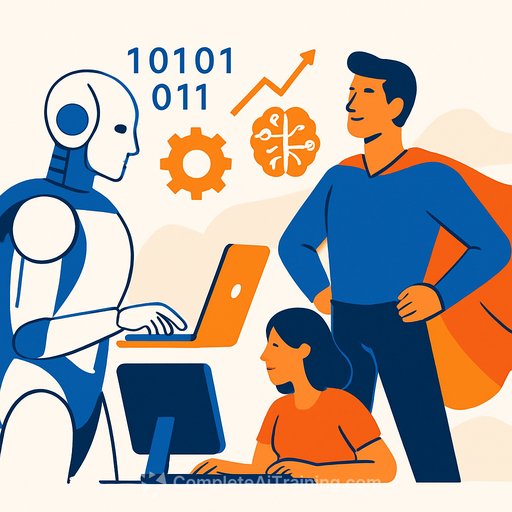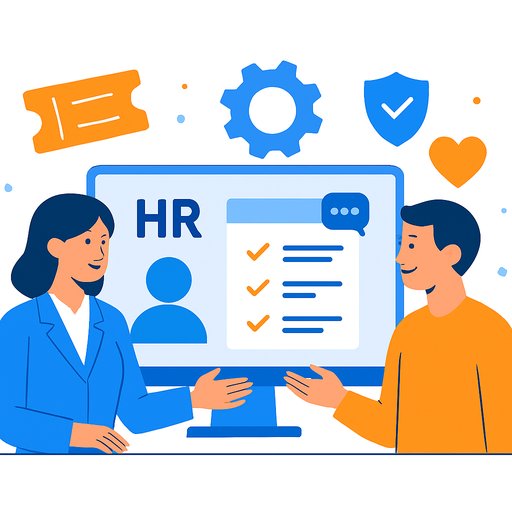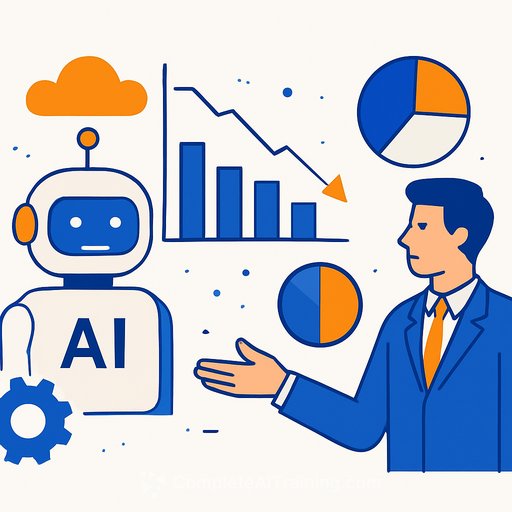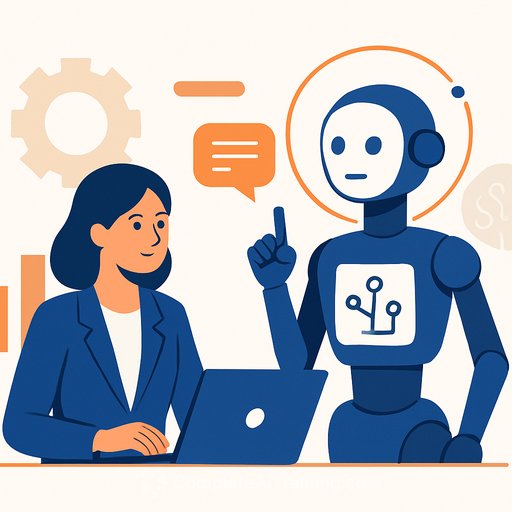AI isn’t a job killer, it’s a job shifter.
Artificial intelligence is reshaping the workforce, but it’s not about replacing humans—it’s about changing how we work. As the largest employment agency worldwide, we see clear patterns emerging in how AI integrates with jobs and creates new opportunities.
Optimists see AI creating jobs we haven’t yet imagined. Pessimists worry about massive job losses. The reality lies between these views. AI will transform roles, especially those involving Coding, Conversation, and Content. Some tasks will disappear, but new roles and ways of working will appear.
For decades, we’ve tracked workforce trends. Even before AI’s surge, we emphasized the value of human skills alongside automation. That balance remains crucial today. AI adoption isn’t about handing over entire departments to machines. It requires careful, human-centered analysis of what tasks add value and which can be automated.
Some companies learned this after the fact, rehiring workers they had laid off when they realized that many automated tasks still need human judgment and intervention.
I’m optimistic but grounded. AI changes jobs rather than eliminates them. Between 2024 and 2025, nearly half of job postings in fields like IT, finance, and customer service required AI-related skills. Industries once slow to adopt technology, like finance and automotive, are now leading the way. AI is becoming a partner, coach, and assistant—but its true value depends on human oversight and context. Put simply: AI is the cape, but humans remain the superheroes.
What HR Leaders Need to Know About AI Adoption
1. People feel uncertain about their roles in an AI-driven workplace
More than half of employers globally use generative AI. Nearly half use AI tools for hiring, training, and onboarding. Most agree that the best way for employees to build AI skills is through hands-on experience and employer-led training. Still, many workers don’t see clear career paths in an AI-influenced world.
Half of employees doubt that technology will improve their work, and 41% fear automation might replace their role within two years. This anxiety is understandable since nearly 40% of core workforce skills are expected to change by 2030, according to the World Economic Forum.
When deployed thoughtfully, AI can help organizations grow and create more human opportunities. For example, our own AI tools assist recruiters by generating job descriptions, creating interview frameworks, and managing candidate profiles. This saves hours of time, allowing recruiters to focus on strategic tasks.
HR leaders should invest in contextual training, update job descriptions to include AI skills, and promote digital literacy with certification and microcredentialing. These steps help employees become true partners in the AI transition.
2. We’re under-investing in youth talent for an AI future
Talent shortages remain a major challenge. In 2025, 71% of U.S. employers reported difficulty finding skilled workers. Despite this, many prioritize hiring mid to senior-level AI talent, leaving entry-level candidates overlooked.
Entry-level workers don’t arrive with all the expertise—they develop it on the job. Ignoring this pipeline means missing out on building future talent and risks worsening youth unemployment. Developing early-career professionals with AI skills ensures a sustainable workforce as AI continues to evolve.
3. Tech skills build AI—soft skills make it work
Technical expertise is essential for building AI systems. But soft skills like critical thinking, communication, and creativity are equally important. These abilities help humans teach AI our values, interpret its insights, and find innovative uses that balance profit and purpose.
AI is transforming work daily, but human workers remain the most valuable asset. Speed matters, but not at the expense of people’s contributions.
A Practical Framework for AI Integration
Organizations can approach AI adoption through a simple 3D framework:
- DO — Improve day-to-day efficiency by automating repetitive, process-driven tasks that don’t require human creativity.
- DISCOVER — Use AI to analyze data quickly and reveal patterns that humans might miss, leading to sharper insights and better decisions.
- DISRUPT — Collaborate with AI to create new value and possibilities beyond improved processes. This is where human creativity and AI combine to innovate.
By focusing on these areas, HR leaders can guide their organizations to use AI effectively, ensuring it complements human talent rather than replaces it.
For HR professionals looking to build AI skills within their teams, exploring targeted training and certifications can make a real difference. Platforms like Complete AI Training offer courses that help employees gain practical AI knowledge relevant to their roles.
Your membership also unlocks:






